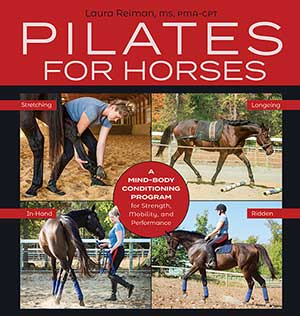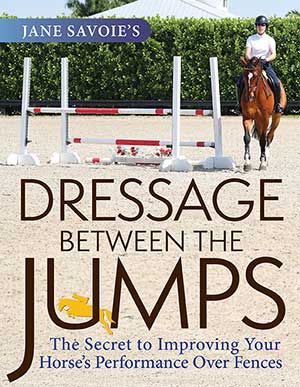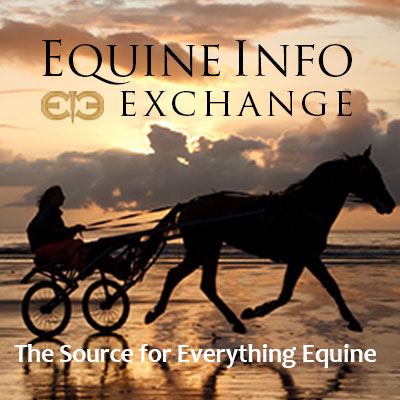Health & Education
We all want the best care possible for our horses. The Heath & Education section covers both Learning Institutions, Organizations as well as many sources for equine assistance including Veterinarians and Farriers.
For those who want a to formally study horses, the Education section includes College Riding, Equine Studies, and Veterinary Schools. Learn about the wide variety of horses in the Horse Breeds section. Supplements and Treatments Therapy are also included in the section.
Everyone can learn from Fine Art and there are some specialty Museums that might surprise you.
Horses as a therapy partner enrich the lives of the disabled. These facilities are listed in our Therapeutic Riding section. To help children and young adults build confidence and grow emotionally, please see the resources available on the Youth Outreach page.
Looking for a place to keep your horse? You can find it in the Horse Boarding section. Traveling? Find a Shipping company or Horse Sitting service if your horse is staying home!
Want to stay up to date with the latest training clinics or professional conferences? Take a look at our Calendar of Events for Health & Education for the dates and locations of upcoming events.
Do we need to add more? Please use the useful feedback link and let us know!

By Laura Reiman, MS, PMA-CPT
What Is Pilates?
Pilates is a mind-body conditioning method that trains the whole body for quality, efficient movement. This exercise modality emphasizes flexibility, strength, control, and balance through progressive and safe movement.
Pilates was created by a man named Joseph Pilates who went from being a sickly child with rickets, asthma, and rheumatic fever to a being a model for anatomy charts as well as a fitness pioneer. He was born in Germany in 1883 and spent his early years studying an array of Eastern and Western exercises and philosophies, borrowing ideas from gymnastics, bodybuilding, boxing, fencing, yoga, and other forms of movement to improve his own health and well-being.
During World War I, Pilates was interned in a camp on the Isle of Man where he was tasked with rehabilitating the sick and disabled within the camp. Continuing his exploration of acquiring a healthy body, Pilates helped his “patients” get better faster and strengthen both their body and their immune system. By the time he came to America in the early 1920s, he had devised his own movement method named “Contrology.” Contrology prioritized nourishing the body as a whole and was considered a lifestyle just as much as an exercise program. After his death in 1967, Contrology became known simply as Pilates.
While some people continue to practice Pilates just as it was created by the man himself, other practitioners have chosen a more contemporary approach, using the exercises and ideas Joseph Pilates extolled as a framework and building upon it using new research and knowledge about the body and what it needs today. It is this contemporary approach that lends itself so well to the equine body.

By Jane Savoie
Connection means that you’ve connected your horse’s back end to his front end. Think of your horse’s back like it is a suspension bridge or a strung bow. If your horse’s neck is round, but he doesn’t touch the reins (there are loops and a lack of contact), he’s “behind the bit.” Some horses even look like they have what’s called a “broken neck.” This expression refers to the fact that the highest point of the neck is at the third vertebra rather than the horse’s poll.
Draw reins and other gadgets won’t help your horse understand how to come honestly on the bit—instead, he’ll often adopt this “behind the bit” position. Gadgets create a false frame so there’s no real connection. “Fiddling” with the bit or “sawing” on your horse’s mouth gives you the same false headset. Rather than going through them, he “sucks back” away from them, or breaks at the third vertebra.
When your horse consistently goes behind the bit, show him how to take a contact with your hands by teaching him to go “forward through his body.” Let me elaborate on the word “forward” first.
There are different aspects to being “forward.” Forward is a direction. For example, your horse can travel straight forward over the ground. He can also travel sideways and forward, like in a leg-yield. You also want your horse to “think forward.” This means he takes responsibility for his own energy, and he’s also reactive to your driving aids.
When your horse is either behind the vertical or behind the bit, he needs to go forward through his body. Think of his body as a parallelogram. If his profile is behind the vertical, his hind legs are out behind his body to the same degree. You need to shift the parallelogram in the opposite direction so the hind legs come under the body and the poll comes up.
To teach him to go forward through his body so you shift the parallelogram, do this exercise:
1. Go on a circle in posting trot.
2. Close your legs to ask for a few strides of a lengthening.
- Training the Equestrian Body and Mind with Yoga
- Here Comes The Sun ~ But It’s Not Good For Everyone
- New Rotavirus Revealed with Dr Emma Adam (43:34)
- Any Horse in Regular Work is a Performance Horse
- Lose Your Fear of Selenium
- UC Davis-led Study Investigates Distribution of the Warmblood Fragile Foal Syndrome Allele in Multiple Breeds
- Veterinarians are Considering Lecithin for Treating and Preventing Ulcers
- Tetanus: Your Horse’s Risk May Be Greater Than You Think
- Pitfalls of Fecal Checks for Parasites
- Cavallo Q&A: Horse Time for Healing
- The Last Half of Pregnancy
- Equestrian Diversity Project Spotlight: Ebony Horsewomen
- Equine Guelph at the University of Guelph in Canada presents "Journey of the Digestive Tract"
- Tennessee Walking Horse Stakeholders, Animal Protection Organizations Announce Historic Effort to End Abusive Practice of ‘Soring’ and Ensure Sound Economic Future for the Breed
- Air Quality in the Barn - That Cozy Barn May Not Be Best for Lung Health
- Practice Preparedness and Prevention - Resources on Barn Fire Prevention
- Fecal Transplants for Animals
- I Have the Wrong Horse: Now What?
- Gratitude & Horses: Healing the Cracked Places
- From the Research Farm to Your Feed Room: Applying Study Results to Improve KER EO-3

































